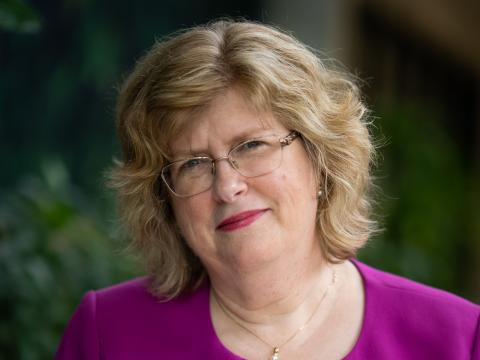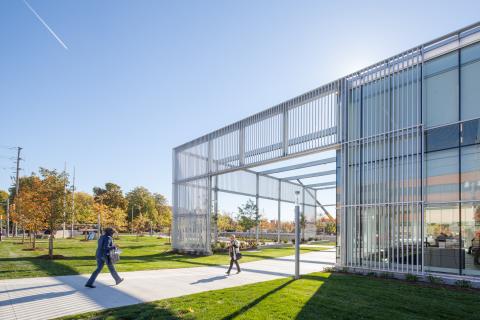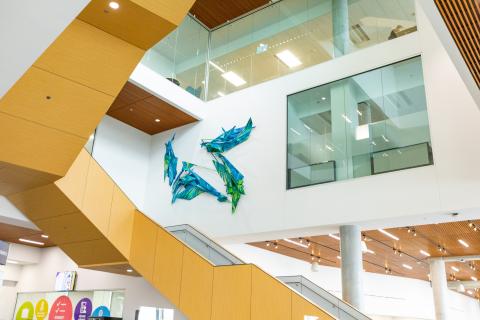Sustainability and Equity are Intrinsically Linked – Here is How Humber is Continuing to Lead
Sustainability touches every aspect of Humber College. From the second you set foot on Humber grounds, you are surrounded by these efforts; from the buildings, energy and water use, waste, landscape and more. Sustainability lives in all areas of the College and in good relations – Mino Naweindewin – which will continue to be woven into the fabric of Humber.
Humber’s understanding of sustainability has evolved over the years and, more than ever before, the organization embraces the ways sustainability interconnects with all areas of the College. We aim to achieve a balance among the social, environmental, and economic dimensions of Humber as an organization and beyond.
Equity is an essential component of sustainability as is evidenced by the United Nations’ Sustainable Development Goals (SDGs). The 17 SDGs are interconnected and set forth a blueprint for achieving a more sustainable, equitable, and prosperous future for the planet and its people by 2030. Goal 11, for example, is Sustainable Cities and Communities.
With this in mind, I wanted to share important news about the Office of Sustainability as it has transitioned from the portfolio of the Capital Development and Facilities Management (CDFM) department to the new Inclusion and Belonging portfolio. The Sustainability team leads the work related to the College’s commitment to providing national leadership in developing sustainable campuses. It also fosters a culture of sustainability through building operations and development, interacting with the physical environment and communities around us, and in embedding a sustainability mindset into teaching and learning.
Here are just a few reasons why equity is an important consideration in sustainability efforts.
First and foremost, there is no sustainability without equity. The adverse human repercussions of environmental degradation cause disproportionate harm to poor and disadvantaged people and this means that greater attention to social equity and disparities need to be a part of how we problem solve and how we educate the Humber community.
As well, addressing inequities and maintaining the health of our planet are interdependent challenges and moving the Office of Sustainability into Inclusion and Belonging brings an intersectional lens to our work. As we know, human and environmental systems are intertwined, co-evolving, and complex.
As a College, we understand that we have a critical role to play in reducing inequalities through education, so relating how inequalities correlate to sustainability aligns well with our mission and values as an institution. Addressing sustainability from an intersectional lens also fits with institutional priorities including the Humber Learning Outcomes, and how we prepare graduates for complex real-world challenges.
Under the portfolio of CDFM, many meaningful and impactful milestones were met and achieved, and with the move to Inclusion and Belonging the great work and leadership of the team will continue to have far reaching impacts on our community and beyond and that close connection of the two departments will continue.
With this move, we once again are demonstrating Humber’s leadership, and we hope to inspire others in the post-secondary sector to see the connection between equity and sustainability and consider alternative approaches to sustainability in higher education.
Let us take a moment to celebrate this important transition and I look forward to the Office of Sustainability continuing its important and impactful work across all the College’s campuses and locations.
AMV



